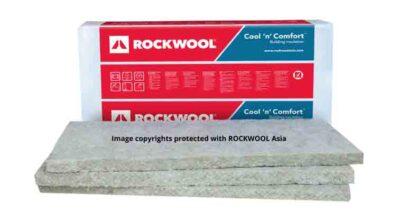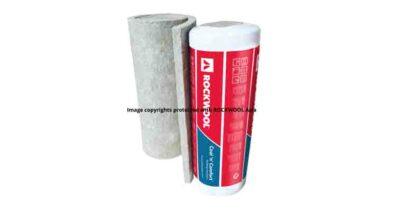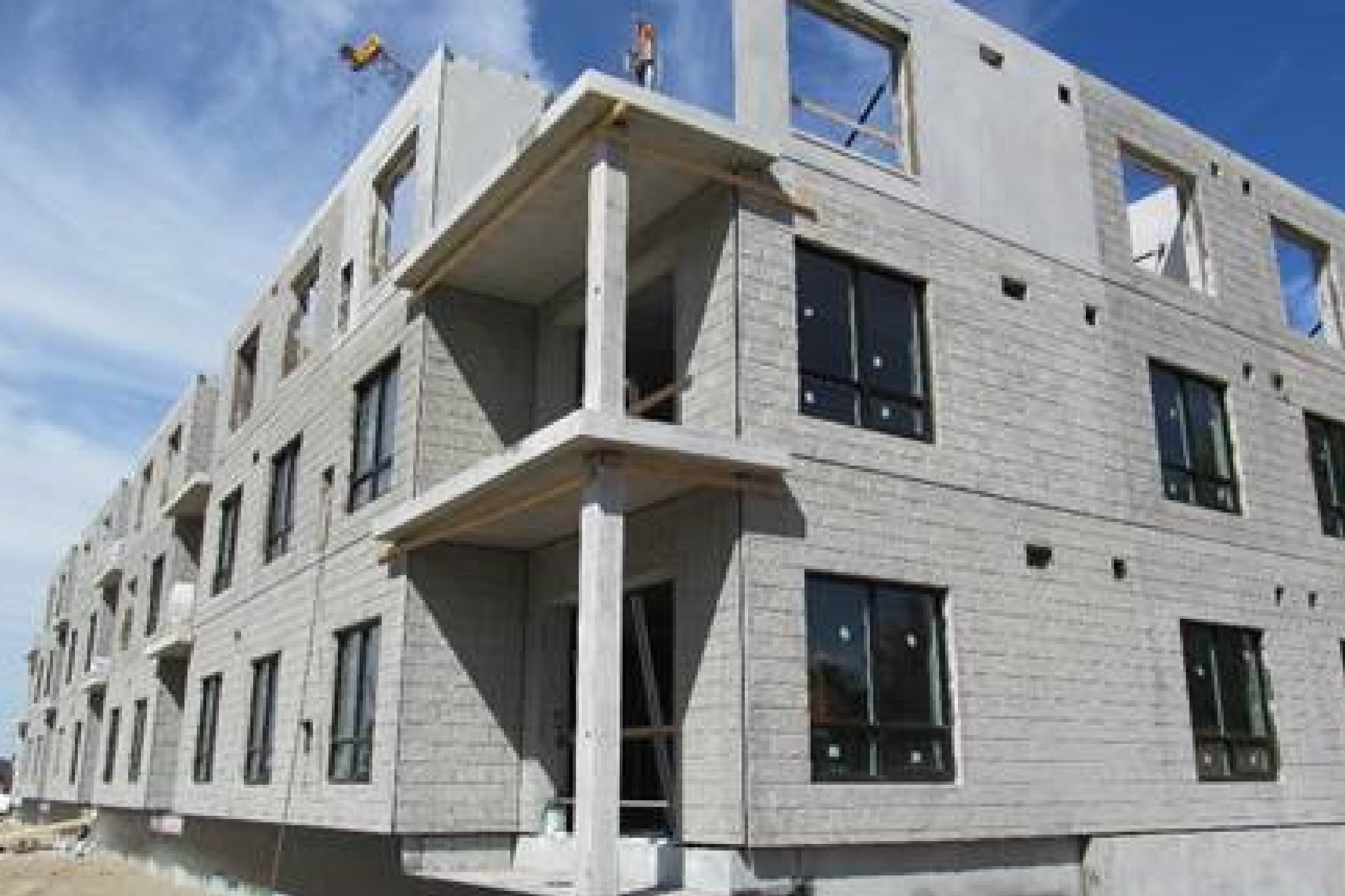Improving energy efficiency and sustainability with ROCKWOOL Stone Wool applications
By Edit Team | May 15, 2022 11:44 pm SHARE

Vinay Pratap Singh Business Unit Director, ROXUL ROCKWOOL Technical Insulation India Private Limited. In an interview with B2B Purchase.
How do you evaluate your business growth in the last two years?
The pandemic has affected almost every industry. We, at ROXUL ROCKWOOL, have always prioritised the health and safety of our employees. In terms of business growth, we have seen a nearly 27 percent year-on-year increase in the last two years.
When we talk about roofing, how suitable are stone wools for energy-efficient roofing projects?
Stone is one of the most abundant resources in India, making it easy to access and get. ROXUL ROCKWOOL collects volcanic rocks and transforms them into fibres, which are subsequently used to make a variety of goods. When it comes to applications, they are used for roofing partitions in the industrial and building sectors, as well as buildings. However, the building sector is still in its infancy, as people have yet to appreciate the benefits of its uses for roofing and partitioning.
Moreover, Fire Protection, Acoustic Insulation, thermal insulation, and sustainability are all features of our product applications that assure enriching the modern lives. Our product and its applications significantly improve energy efficiency while lowering energy consumption. Stone Wool materials, in particular, may aid in building sustainability and energy efficiency.
How suitable and compatible are your products for green building projects?

Our products are intended to meet the standards of green buildings. Furthermore, ROXUL ROCKWOOL has received IGBC Green Accreditation for our entire product range, indicating that all of our products are environmentally friendly, long-lasting, and recyclable. For example, if a client comes to us with his 10 years old stone wool insulation material that he bought from us; he may return it to our facility, where we would recycle it and make a brand new product with all properties intact. This is the type of sustainability we provide in our product category, which will help us go closer to becoming a net-zero energy country.
How do you look at the consumption of insulation solutions in India compared to the other developed countries?

Because India is still a developing country, there is a significant disparity in insulation consumption patterns. Despite the fact that the industrial sector is aware of the advantages of insulation, premium goods are nevertheless underutilised. The building sector, on the other hand, has a very low adoption rate. We have guidelines in place for these kind of application but they aren’t being followed to their full extent.
There is a common perception that thermal insulation solutions are required only at commercial spaces, public spaces, or factory level only. Do you think this perception can be altered in the coming years?
I’ve been working in this product area for the past nine years, and I feel a lot has changed in the previous five years. Even the influencers and architects who have been the industry’s development drivers are citing these buildings as examples for new and forthcoming projects, if you look closely.
Furthermore, the government’s effort to enact stricter regulations for updating and modifying standards on a regular basis is pressuring customers to adapt to shifting trends in the building business.
 What kind of fire-resistant and fire-retardant properties do these thermal insulations have?
What kind of fire-resistant and fire-retardant properties do these thermal insulations have?
We, ROXUL ROCKWOOL, displayed our volcanic rocks, which have many intrinsic features, including their seven distinct strengths, during the recent Roof India Expo 2022. Our whole product range benefits from their qualities, including as thermal insulation, acoustic properties, and sustainability. They’re also fire resistant, since they’ve been tested at melting temperatures of 1000 Deg C and higher up to 1299 Deg C.
What will be the cost implications of thermal insulation on the project cost? And ROI in terms of energy consumption and savings?
I’m not sure what the precise statistics are. However, in the industrial sector, we recently conducted a CapEx vs. OpEx analysis for one of our large projects, which yielded big numbers and pay back over a four-month period. The amount of electricity used and the cost of electricity were both high. So, in this situation, I believe we should be able to save at least 35 to 45 percent of overall energy expenditures if we assess energy consumption based on items and their uses and optimise utilisation appropriately.
Cookie Consent
We use cookies to personalize your experience. By continuing to visit this website you agree to our Terms & Conditions, Privacy Policy and Cookie Policy.




































-20240213125207.png)

























